Ancient Origins: The Birth of Nail Adornment

Long before sleek bottles and glossy finishes, ancient cultures used natural pigments to decorate their nails. In 3000 BCE, Chinese royalty stained their nails with beeswax, egg whites, and gum arabic mixed with vibrant dyes like crushed gemstones. Similarly, Egyptian elites, including Cleopatra, favored deep red hues derived from henna, signifying power and wealth. These early practices laid the foundation for nail polish as a marker of social standing.
The Middle Ages to Renaissance: Nails in the Shadows

During the Middle Ages, nail coloring in Europe waned due to conservative religious views. However, Renaissance-era aristocrats revived the trend, using plant-based stains for subtle tints. In Asia, nail art persisted; Ming Dynasty nobility grew long nails as a sign of leisure, often protected by intricate metal guards. These contrasts highlight how nail aesthetics fluctuated with cultural values.
20th Century Revolution: The Rise of Modern Nail Polish
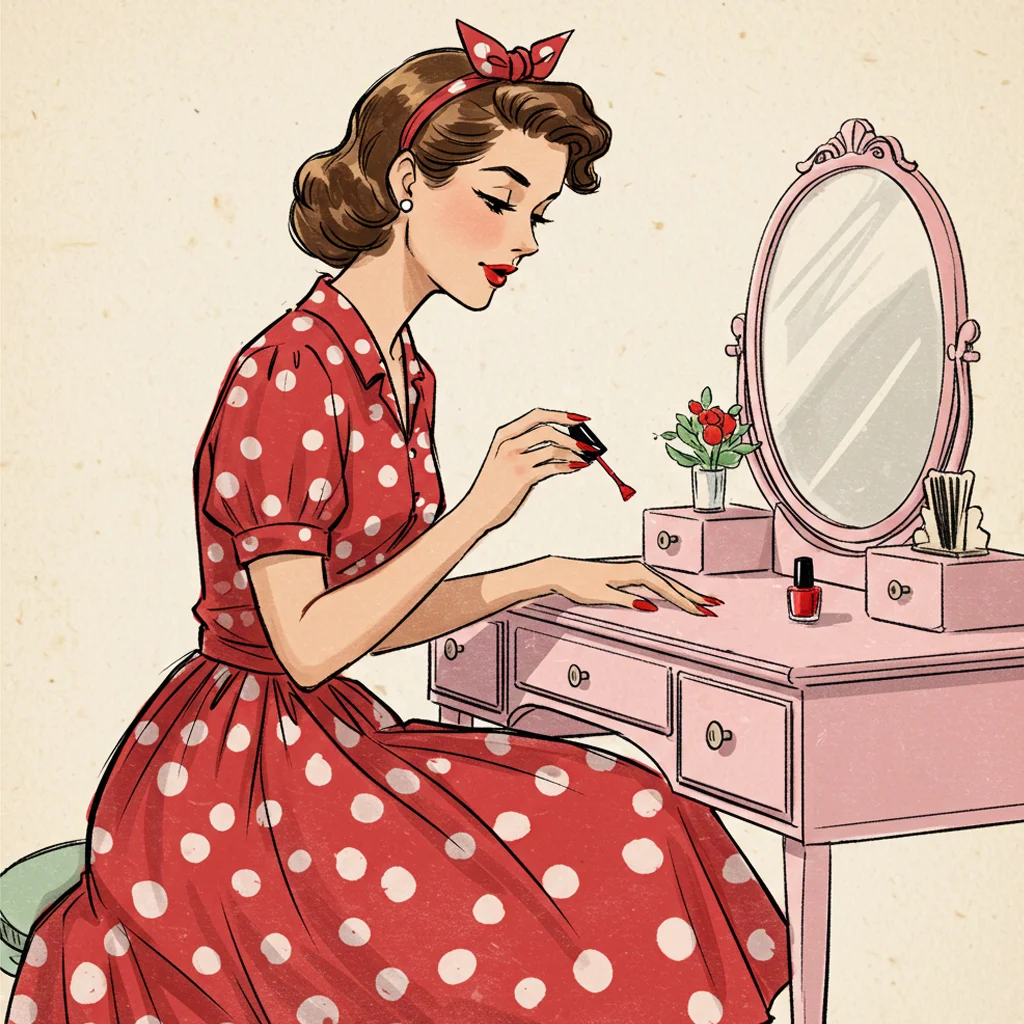
The 1920s automotive boom inspired the first modern nail polish. Chemist Michelle Ménard adapted car paint formulas to create glossy, durable lacquers. Revlon’s 1932 launch of opaque, pigmented polishes democratized nail color, while Hollywood starlets like Jean Harlow popularized fiery reds. The 1970s introduced French manicures, and the ’80s embraced neon and metallics, reflecting bold fashion trends.
The Digital Age: Nail Art Goes Viral

Social media transformed nail polish into a global phenomenon. Platforms like Instagram and Pinterest turned intricate designs—ombre gradients, geometric patterns, and 3D embellishments—into viral trends. Brands like OPI and Essie capitalized with themed collections, while gel and dip powders offered long-lasting wear. Today, nail art is a canvas for individuality, blending technology and creativity.
Sustainability and the Future: Clean Beauty Takes Center Stage
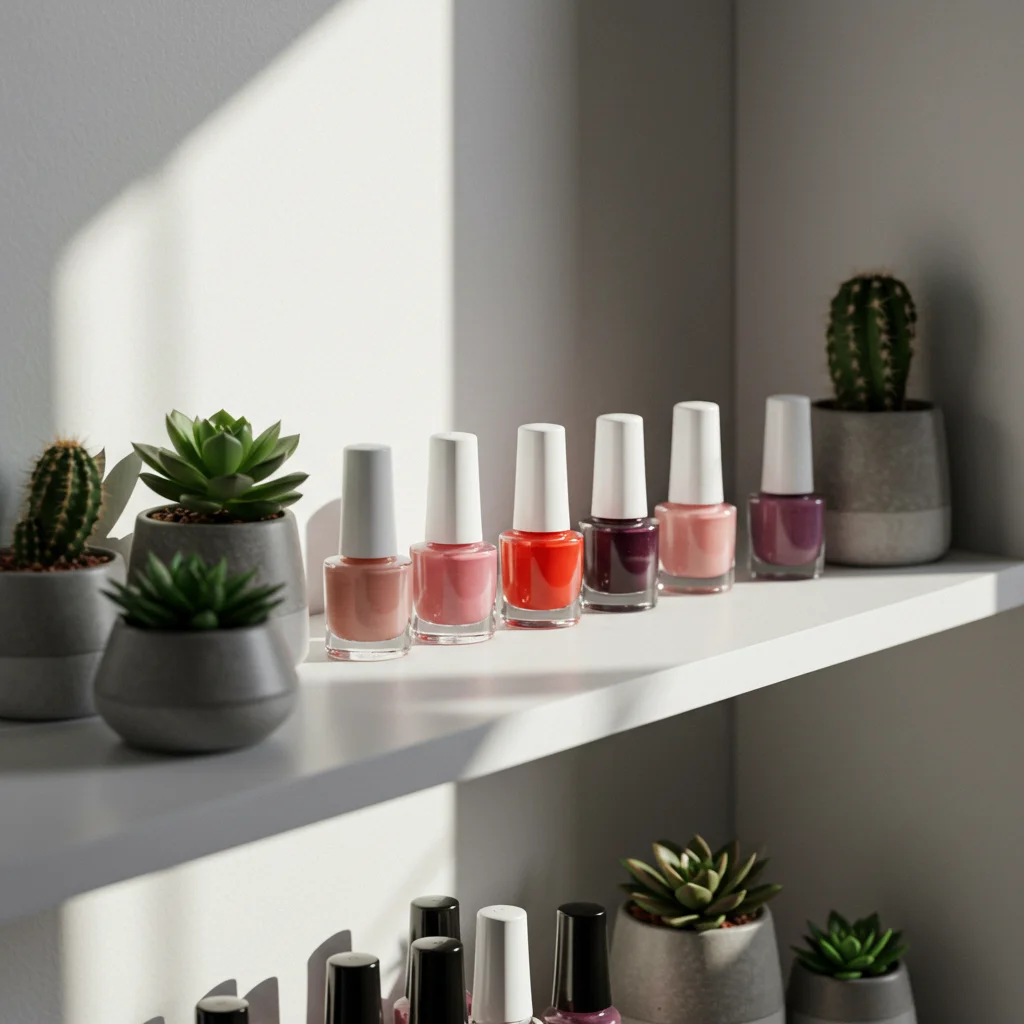
As eco-consciousness grows, vegan, non-toxic, and refillable polishes dominate the market. Brands like Zoya and Olive & June prioritize cruelty-free formulas and recyclable packaging. Innovations like water-based polishes and UV-free gels cater to health-savvy consumers. The future of nail polish balances aesthetics with ethics, proving that beauty can evolve responsibly.
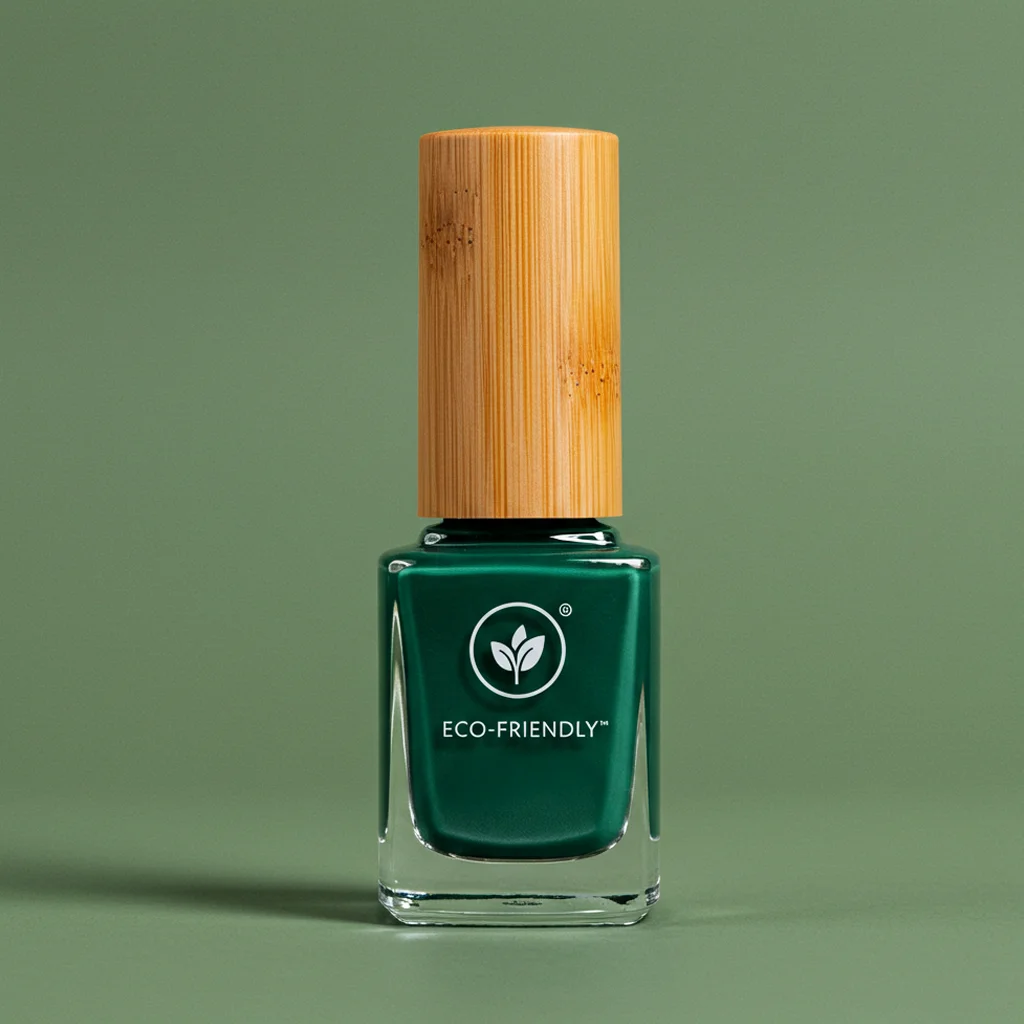
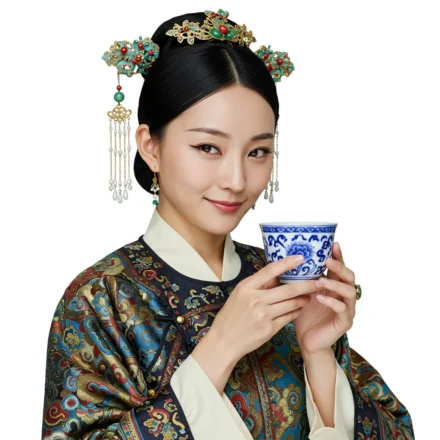






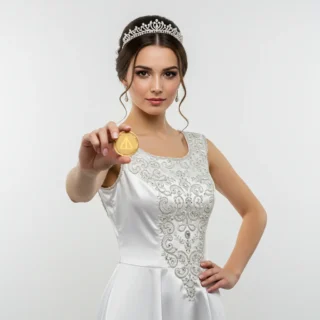
Leave a Comment